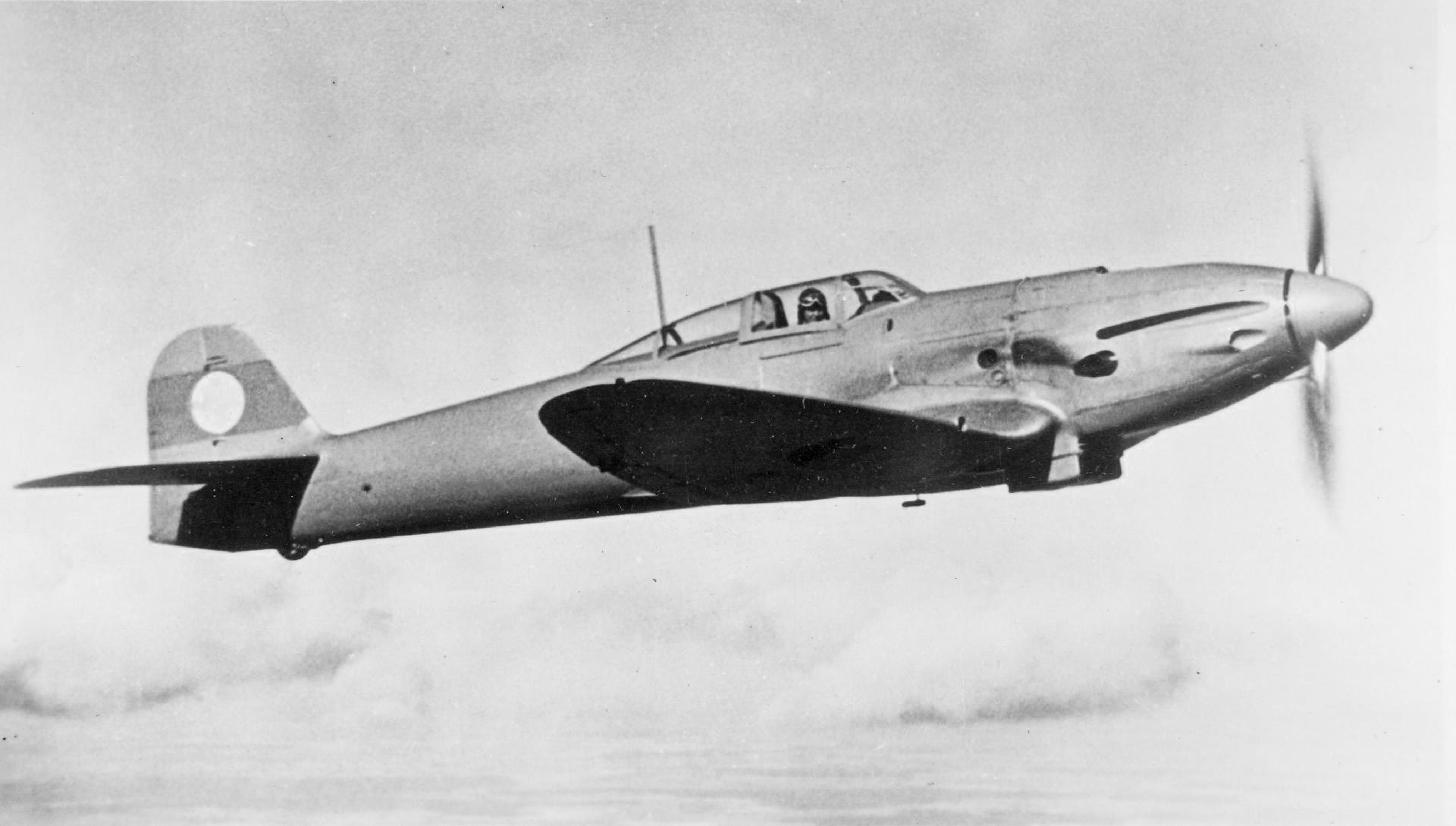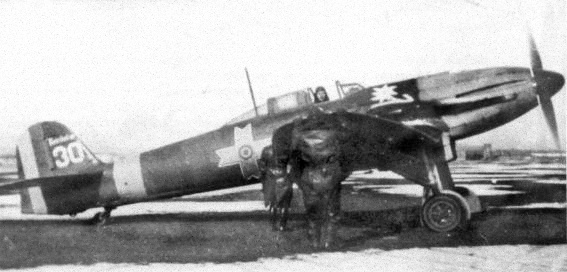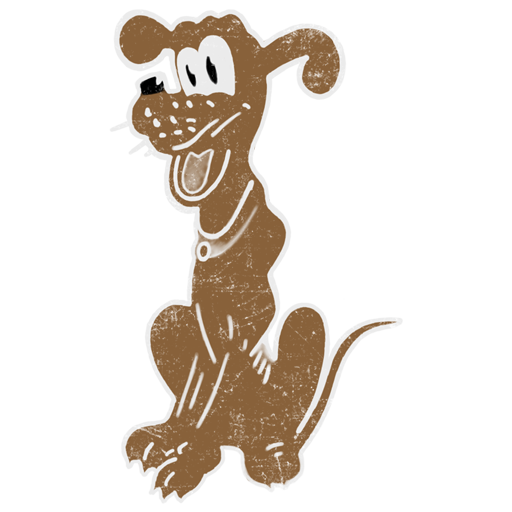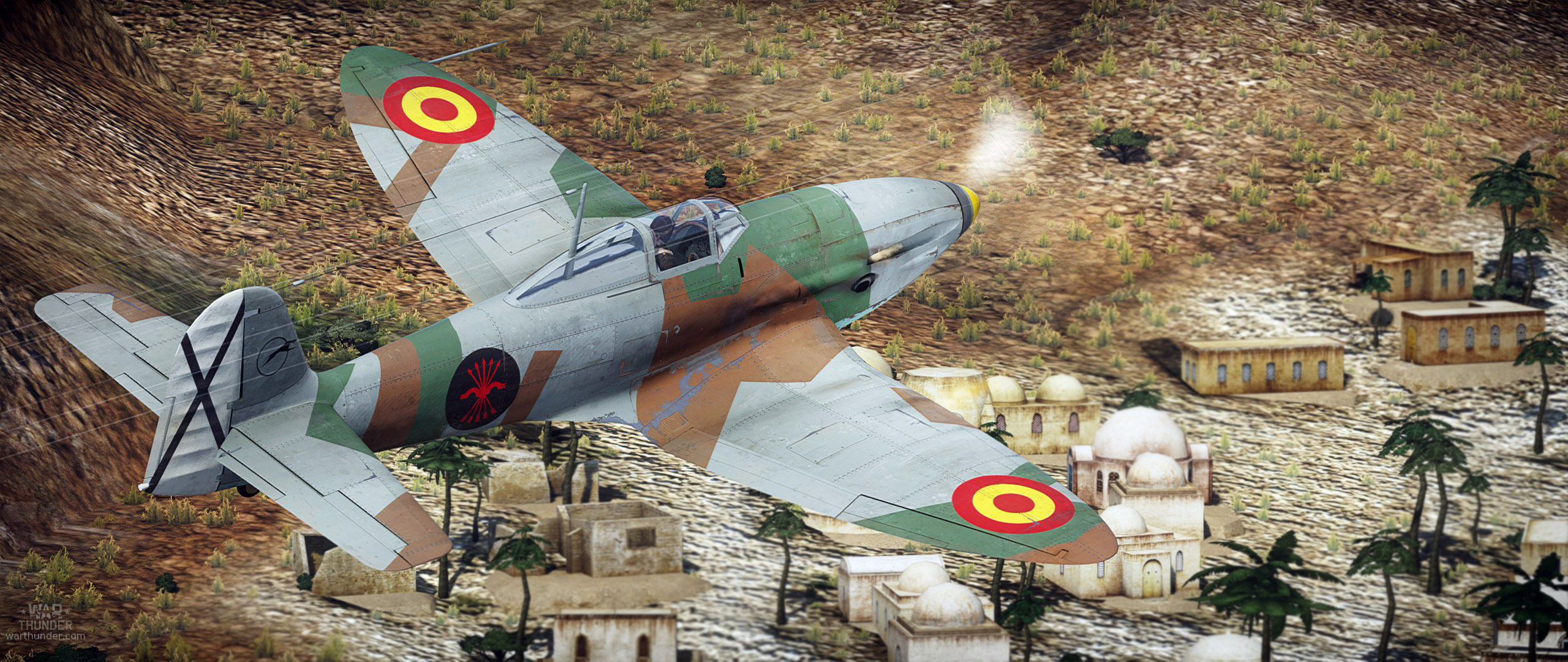
- For PC
- For MAC
- For Linux
- OS: Windows 10 (64 bit)
- Processor: Dual-Core 2.2 GHz
- Memory: 4GB
- Video Card: DirectX 11 level video card: AMD Radeon 77XX / NVIDIA GeForce GTX 660. The minimum supported resolution for the game is 720p.
- Network: Broadband Internet connection
- Hard Drive: 23.1 GB (Minimal client)
- OS: Windows 10/11 (64 bit)
- Processor: Intel Core i5 or Ryzen 5 3600 and better
- Memory: 16 GB and more
- Video Card: DirectX 11 level video card or higher and drivers: Nvidia GeForce 1060 and higher, Radeon RX 570 and higher
- Network: Broadband Internet connection
- Hard Drive: 75.9 GB (Full client)
- OS: Mac OS Big Sur 11.0 or newer
- Processor: Core i5, minimum 2.2GHz (Intel Xeon is not supported)
- Memory: 6 GB
- Video Card: Intel Iris Pro 5200 (Mac), or analog from AMD/Nvidia for Mac. Minimum supported resolution for the game is 720p with Metal support.
- Network: Broadband Internet connection
- Hard Drive: 22.1 GB (Minimal client)
- OS: Mac OS Big Sur 11.0 or newer
- Processor: Core i7 (Intel Xeon is not supported)
- Memory: 8 GB
- Video Card: Radeon Vega II or higher with Metal support.
- Network: Broadband Internet connection
- Hard Drive: 62.2 GB (Full client)
- OS: Most modern 64bit Linux distributions
- Processor: Dual-Core 2.4 GHz
- Memory: 4 GB
- Video Card: NVIDIA 660 with latest proprietary drivers (not older than 6 months) / similar AMD with latest proprietary drivers (not older than 6 months; the minimum supported resolution for the game is 720p) with Vulkan support.
- Network: Broadband Internet connection
- Hard Drive: 22.1 GB (Minimal client)
- OS: Ubuntu 20.04 64bit
- Processor: Intel Core i7
- Memory: 16 GB
- Video Card: NVIDIA 1060 with latest proprietary drivers (not older than 6 months) / similar AMD (Radeon RX 570) with latest proprietary drivers (not older than 6 months) with Vulkan support.
- Network: Broadband Internet connection
- Hard Drive: 62.2 GB (Full client)
Tricolor Camouflage scheme of Spanish Air Force, Morocco, 1942-1943
Available in game for 200  or 70 players defeated
or 70 players defeated
The He 112 B-0 in War Thunder
The He 112 B-0 is a German rank I fighter with a Battle Rating of 2.3, representing the most advanced He 112 variant in game (after He 112 V1 and cannon-armed He 112 A-0). Its armament consists of two 7.92 mm MG 17 machine guns on the sides of the engine with 500 rounds per gun, and two 20 mm MG FF cannons in the wings with a capacity of 60 rounds per gun. Performance-wise, the maximum speed at an altitude of 3000 meters (9843 feet) is 500 kph (310,6 mph), while at sea level, the top speed is 465 kph (288,9 mph). The time needed to reach 3000 meters (9843 feet) is 4 minutes 22 seconds, giving the plane a climb rate of 11,45 m/s (2160 ft/min). Both horizontal and vertical turns are completed in 13 seconds, and break up speed is 690 kph (428,7 mph) TAS.
 |
| An He 112 B-0 in X-Ray view |
Regarding gameplay, the He 112 B-0 can be described as jack of all trades. It is reasonably fast for a BR 2.3 aircraft, while not faster than the Russian LaGG and Yak fighters, or the American Buffalos and Hawks – all of them common adversaries of the B-0. It is also quite agile for a monoplane, but will always be outturned by biplanes or light Japanese fighters such as the A5M4 or Ki-27. Its climbrate is not exactly stellar, but He 112 B-0 can handle surprisingly high speeds – a red line of 690 kph is not bad for rank I fighter. While mediocre in maneuverability and performance, the strongest trait of this plane is clearly the armament, which is the same as on the Bf 109 E-3 fighter.
The twin 20 mm cannons, supported by two machine guns, with a high rate of fire pack a punch on BR 2.3, and even despite limited ammo supply and worse ballistics of MG FF cannons, you can cause catastrophic damage quickly to the light constructions of rank I fighters. This armament also makes it a good bomber hunter from Heinkel, as none of rank I bombers can withstand focused fire of two cannons.
Given all advantages and disadvantages, He 112 B-0 is best played as a universal fighter. If you encounter highly agile biplanes, use your speed to outrun them. If you encounter fast, but less agile monoplanes, use your agility to out turn them. And if you are faced with bombers, nothing shall hold you back, as your firepower allows you to finish any bomber quickly. That said, He 112 B-0 can be a quite enjoyable fighter to play, and will serve you as a training for its successor in the German research tree – the Bf 109 B-1/L, the first version of the legendary Bf 109 fighter.
The He 112 in History
In 1934, Heinkel Flugzeugwerke company started work on a fighter to participate in the competition created by German Reichsluftministerium (RLM) in order to find a modern fighter aircraft for future needs. Largest portion of inspiration was drawn from the Heinkel He-70 “Blitz”, a passenger and postal plane. This plane designed by the Günther brothers and introduced in 1933 was quite modern for its time, as it featured an all-metal monocoque fuselage, retractable landing gear and elliptical wings with a reversed gull wing shape.
 |
| Test flight of an early He 112 |
The He-70 Blitz could reach speeds up to 360 kph (224 mph) and indeed the name meas “Lightning” in German, so it was close to the minimum speed demanded by RLM on it’s own. This made the He 70 a great basis for a new fighter, and designers thus proceeded with modifying the He 70. The resulting design, called the He 112, was basically a downscaled He 70, as it shared the all-metal construction, inverted gull wings and retractable landing gear. The first prototype, fitted with a British Rolls-Royce Kestrel Mk.IIS inline engine and designated He 112 V1, was completed in September 1935, followed by the He 112 V-2 powered by a Jumo 210C engine and incorporating some structural changes such as clipped wings and a three-bladed propeller, and finally by the He 112 V3, featuring a fully enclosed cockpit.
After the aircraft of Arado and Focke-Wulf were disqualified from the contest due to unsatisfactory performance, the competition had to be settled between the He 112 and Messerschmitt's Bf 109, designed by Willy Messerschmitt. Unfortunately for Heinkel, the Bf 109 emerged victorious. The He 112 was more agile, but the Bf 109 was faster, had a better roll rate, and was cheaper and easier to manufacture. However, the development of the He 112 continued despite this defeat, and the plane was offered for export. Prototypes and small-scale production models were further developed up until its final and most advanced variant, the He 112 B.
 |
| A Romanian Air Force He 112 |
The first version of the B-series and topic of this article, was designated He 112 B-0. It featured a reworked fuselage, a new design of rudder and vertical stabilizer, and a bubble canopy, which was a very modern solution for its time. It offered superb visibility compared to „greenhouse“ framed designs common in that time. The engine used was a Jumo 210C, producing 631 horsepower. Regarding armament, the He 112 B-0 was armed by two 7.92 mm MG 17 machine guns, mounted on the sides of engine cowling, and two 20 mm drum-fed MG FF cannons, housed in the wings.
First customer was the Empire of Japan, ordering of 30 He 112 B in 1938. The aircraft were however not used in combat due to their insufficient agility (compared to Japanese fighters) and ended their short career as trainers. Twelve He 112 B’s were sent to Spain, where they were used operationally in small numbers during the last weeks of the Spanish Civil War, and remained in service after the war ended. Notable usage past the Civil War in Span was from the 3rd of March 1943, when a single He 112 B managed to damage an American Lockheed P-38 Lightning fighter. Spain eventually used its He 112’s up until the 1950s. The two largest operators of He 112 were Hungary and Romania – He 112 B-1/U-2’s s in markings of these two countries are available in War Thunder as premium planes. Hungarian He 112’s saw limited service and probably all of them were destroyed during the Allied bombing raid in 1944, while Romanian Heinkels saw some limited air combat in the opening stages of Operation Barbarossa, where they were used for ground attack missions and ended their career as training planes.
Author: Jan „RayPall“ Kozák
With one of the upcoming Updates, we will add the following decals to War Thunder:
 |
 |
| 'Greyhound' emblem of the 1a Escuadrilla, Grupo 27 |
Emblem of Grupul 5 Vânătoare |
Decals by Jej 'CharlieFoxtrot' Ortiz




